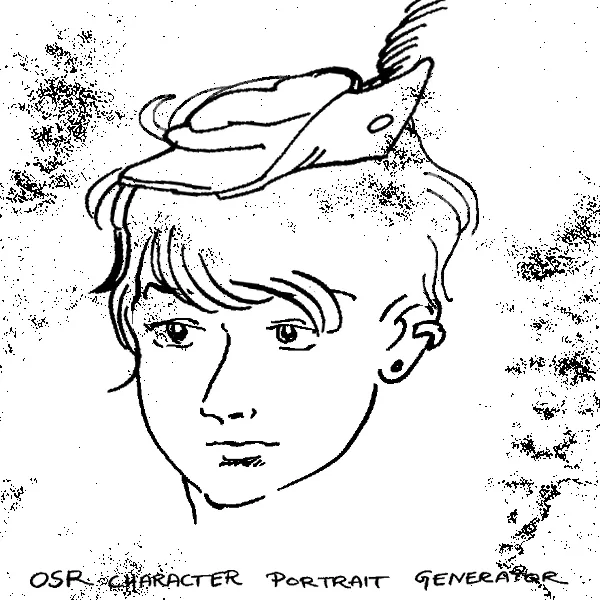4
1
评论
收藏
分享

springboot自定义注解这么用轻松捕获系统操作日志下
在上一篇中我们讲到了将日志保存到数据库,有点遗憾的地方是方法的中文名字得在如果只能写一次,那我们只能改自己的代码读取Log2DB和ApiOperation中写两次,有点不人性化。今天我们就来解决这个问题。
ApiOperation中的value属性(因为swagger是不会改代码适配你d的),那如果要读取别人的属性,有什么方法呢?
- 继承
- 扫描ApiOperation
如果我们的我们看下RestController的注解,其实是继承了Controller注解的Log2DB能继承ApiOperation呢?注解能否继承?答案是肯定的。
@Target({ElementType.TYPE})
@Retention(RetentionPolicy.RUNTIME)
@Documented
@Controller//就在这里继承的
@ResponseBody
public @interface RestController {
@AliasFor(
annotation = Controller.class
)
String value() default "";
}- 首先要想
Annotation能被继承,需要在注解定义的时候加上@Inherited,并且如果要被反射应用的话,还需要@Retention(RetentionPolicy.RUNTIME)标识 - JDK文档中说明的是:只有在类上应用
Annotation才能被继承,而实际应用结果是:除了类上应用的Annotation能被继承外,没有被重写的方法的Annotation也能被继承; - 当方法被重写后,
Annotation不会被继承 Annotation的继承不能应用在接口上
ApiOperation,如下
@Slf4j
@Component
public class ApisScaner {
@Resource
private ApplicationContextProvider applicationContextProvider;
//key是全类名.方法名,value是ApiOperation的name属性
public static Map<String,String> APIS = new HashMap<String,String>();
@PostConstruct
public void handler() throws ClassNotFoundException {
log.info("SwaggerScaner.handler");
ApplicationContext applicationContext = applicationContextProvider.getApplicationContext();
//获取自定义注解的配置
final Map<String, Object> beansWithAnnotation = applicationContext.getBeansWithAnnotation(Api.class);
for (String key : beansWithAnnotation.keySet()) {
Method[] methods = Class.forName(beansWithAnnotation.get(key).getClass().getName()).getMethods();
for (Method method : methods) {
ApiOperation annotation = AnnotationUtils.findAnnotation(method, ApiOperation.class);
if(annotation!=null){
String value = annotation.value();
String className = beansWithAnnotation.get(key).toString();
String methodName = method.getName();
className = className.substring(0,className.indexOf("@"));
APIS.put(className+"."+methodName,value);
}
}
}
for (String item : APIS.keySet()) {
log.info("item:{}-->value:{}",item, APIS.get(item));
}
}
}ApplicationContextProvider (动态获取spring的bean对象)的源码也贴下:
@Component
public class ApplicationContextProvider implements ApplicationContextAware {
/**
* 上下文对象实例
*/
private static ApplicationContext applicationContext;
@Override
public void setApplicationContext(ApplicationContext applicationContext) throws BeansException {
ApplicationContextProvider.applicationContext = applicationContext;
}
/**
* 获取Spring上下文
*
* @return
*/
public static ApplicationContext getApplicationContext() {
return applicationContext;
}
/**
* 通过name获取Bean
*
* @param name
* @return
*/
public static Object getBean(String name) {
return getApplicationContext().getBean(name);
}
/**
* 通过class获取Bean
*
* @param clazz
* @param <T>
* @return
*/
public static <T> T getBean(Class<T> clazz) {
return getApplicationContext().getBean(clazz);
}
/**
* 通过name,以及Clazz返回指定的Bean
*
* @param name
* @param clazz
* @param <T>
* @return
*/
public static <T> T getBean(String name, Class<T> clazz) {
return getApplicationContext().getBean(name, clazz);
}
}SwaggerScaner.handler
item:com.example.lesson20.controller.TestController.getUser-->value:获取用户1
item:com.example.lesson20.controller.TestController.postUser-->value:保存用户1//name = logAnnotation.name();
name = ApisScaner.APIS.get(clazz_method);声明本站所有文章,如无特殊说明或标注,均为本站原创发布。任何个人或组织,在未征得UP主同意时,禁止复制、盗用、采集、发布本站内容到任何网站、书籍等各类媒体平台。如若本站内容侵犯了原著者的合法权益,可联系我们进行处理: DMCA投诉/Report












这个咔友似乎很害羞(bushi